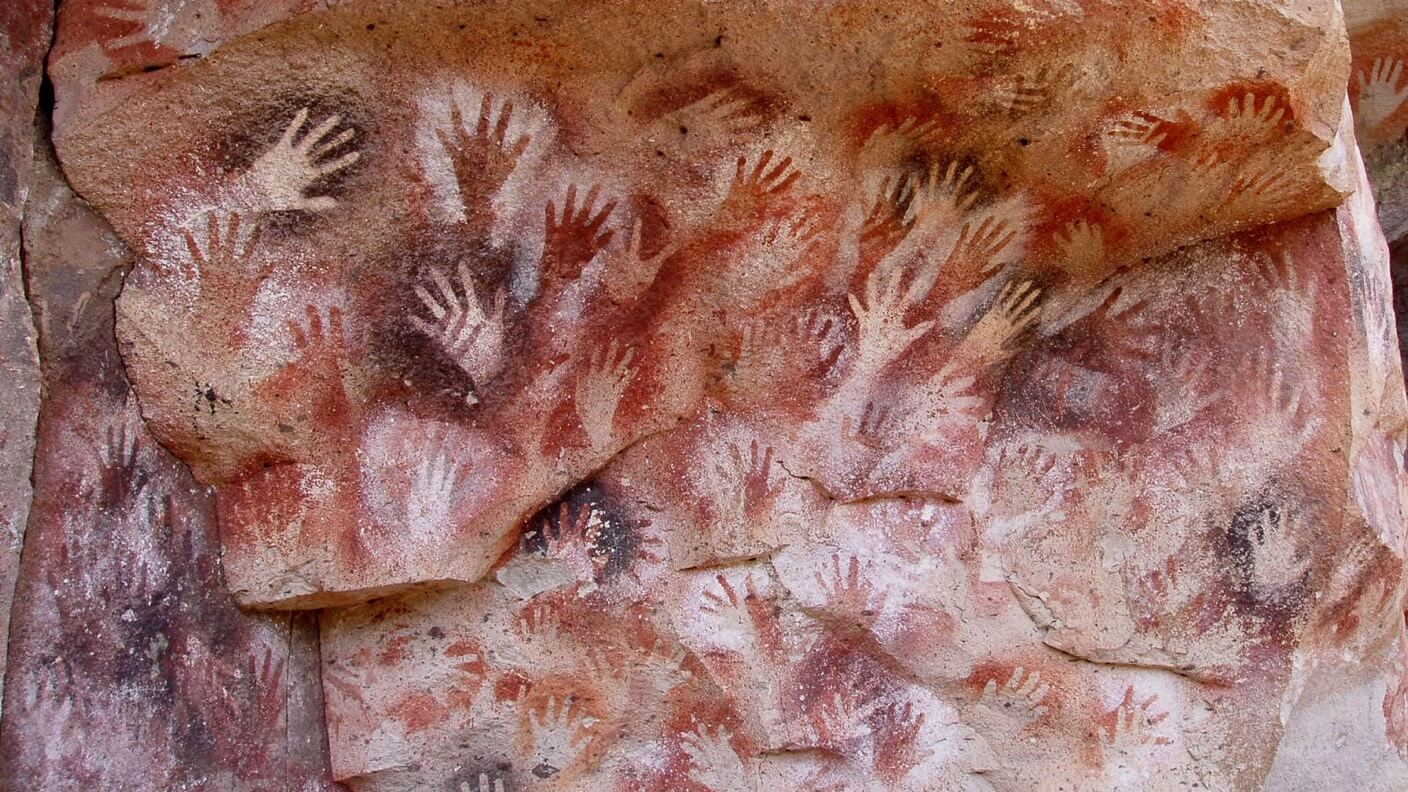
Surprisingly, archaeology—tools, artifacts, cave art—suggest that complex technology and cultures, “behavioral modernity,†evolved more recently: 50,000 to 65,000 years ago.
Some scientists interpret this as suggesting the earliest Homo sapiens weren’t entirely modern.
Key physical and cultural milestones in modern human evolution, including genetic divergence of ethnic groups.
For 200,000 to 300,000 years after Homo sapiens first appeared, tools and artifacts remained surprisingly simple, little better than Neanderthal technology, and simpler than those of modern hunter-gatherers such as certain indigenous Americans.
Starting about 65,000 to 50,000 years ago, more advanced technology started appearing: complex projectile weapons such as bows and spear-throwers, fishhooks, ceramics, sewing needles.
This sudden flourishing of technology is called the “great leap forward,” supposedly reflecting the evolution of a fully modern human brain.
Bones of primitive Homo sapiens first appear 300,000 years ago in Africa, with brains as large or larger than ours.
They’re followed by anatomically modern Homo sapiens at least 200,000 years ago, and brain shape became essentially modern by at least 100,000 years ago.
We inherited our humanity from peoples in southern Africa 300,000 years ago.
The alternative—that everyone, everywhere coincidentally became fully human in the same way at the same time, starting 65,000 years ago—isn’t impossible, but a single origin is more likely.
Bones and DNA tell us about brain evolution, our hardware.
As new technologies appeared and spread—better weapons, clothing, shelters—human numbers could increase further, accelerating cultural evolution again.
Numbers drove culture, culture increased numbers, accelerating cultural evolution, on and on, ultimately pushing human populations to outstrip their ecosystems, devastating the megafauna and forcing the evolution of farming.
Now, cultural evolution kicked into hyperdrive.
Artifacts reflect culture, and cultural complexity is an emergent property.
So our societies and world evolved rapidly in the past 300,000 years, while our brains evolved slowly.